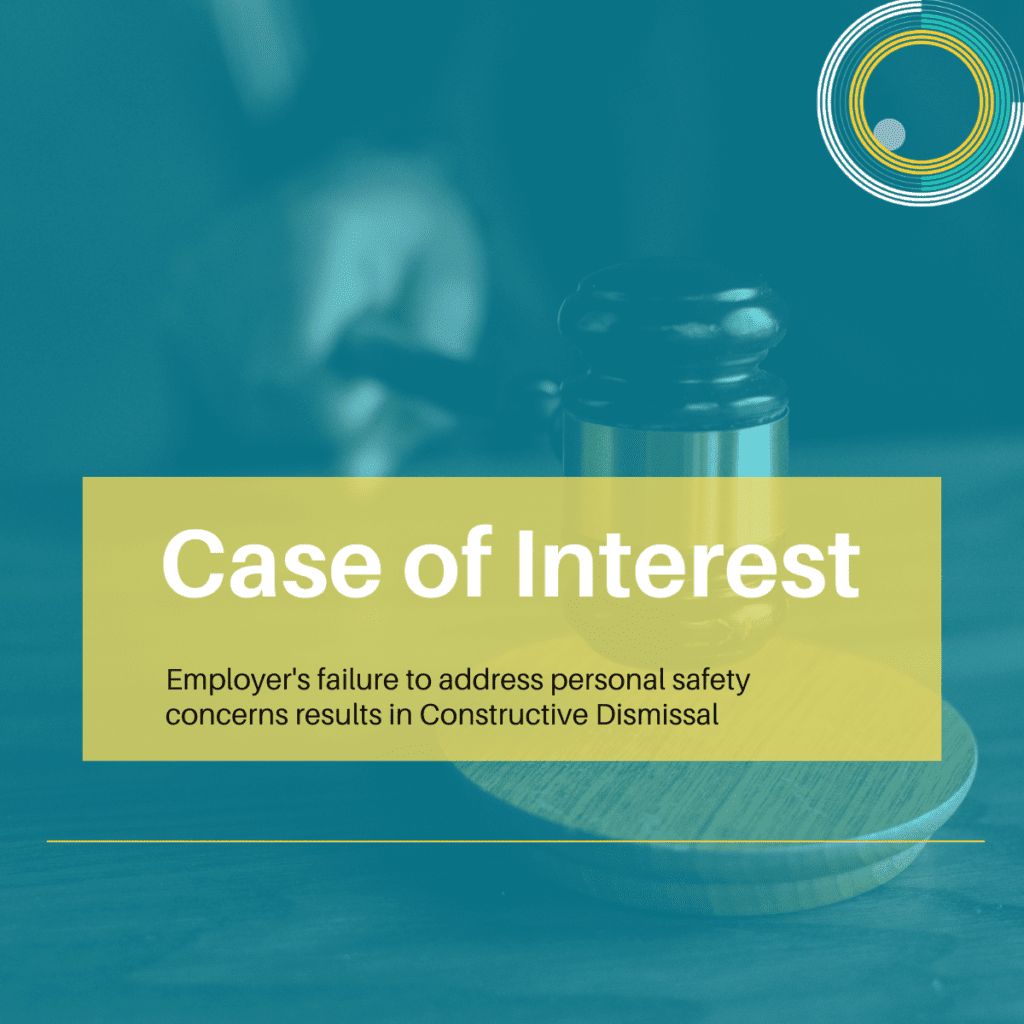Posted on: Apr 29, 2013
An important decision has recently been made by the Employment Court in terms of redundancy law. Last month the Employment Court ruled that it can scrutinise an employer’s decision to make an employee redundant to ascertain whether there were sufficient business reasons for the redundancy.
In Totara Hills Farm v Davidson, the Chief Judge of the Employment Court analysed the reasoning behind the cost savings the employer said it would achieve through the farm manager, Mr Davidson’s redundancy, and found that those savings would not be delivered. Mr Davidson was made redundant after the employer decided to reduce costs due to worsening economic conditions. The Court held where a decision to make an employee redundant is challenged, the employer cannot simply say there was a genuine business reason for it without the Court examining the merits of this claim. The Court held that the “Court or Authority will need to do so to determine whether the decision, and how it was reached, were what a fair and reasonable employer would/could have done all in the circumstances”. As a result, the redundancy was unjustified as the Court found the business decision was not one that a fair and reasonable employer could have made in all of the circumstances.
We already advise our clients to have a strong business case reasoning for any restructure redundancy. This decision reinforces that requirement and demonstrates that evidence may be required to support an employer’s decision to reject any alternatives suggested in the process.
To minimise risk of a personal grievance for unjustified dismissal in your redundancy process we remind you of the following key points:
- Ensure the proposal and any decisions made are based on sound business reasons, that those reasons are articulated in clear and comprehensive terms in the proposal document and any other communications, and that all assertions and assumptions can be supported factually
- Ensure that all information relevant to the reasoning and the outcomes desired is provided to employees
- If employee feedback on the proposal is not accepted, engage with employees about that and clearly explain why during the consultation process
- Redeployment should be fully considered as part of the process from the beginning and throughout. If any existing or new roles are not intended to be offered to employees whose positions are being disestablished, then ensure that there are sound reasons for this and that they are clearly explained to the employees concerned
- If a redundancy decision is challenged, clear and comprehensive evidence should be presented to the Authority or the Court to help justify the decision
Disclaimer
This article, and any information contained on our website is necessarily brief and general in nature, and should not be substituted for professional advice. You should always seek professional advice before taking any action in relation to the matters addressed.








